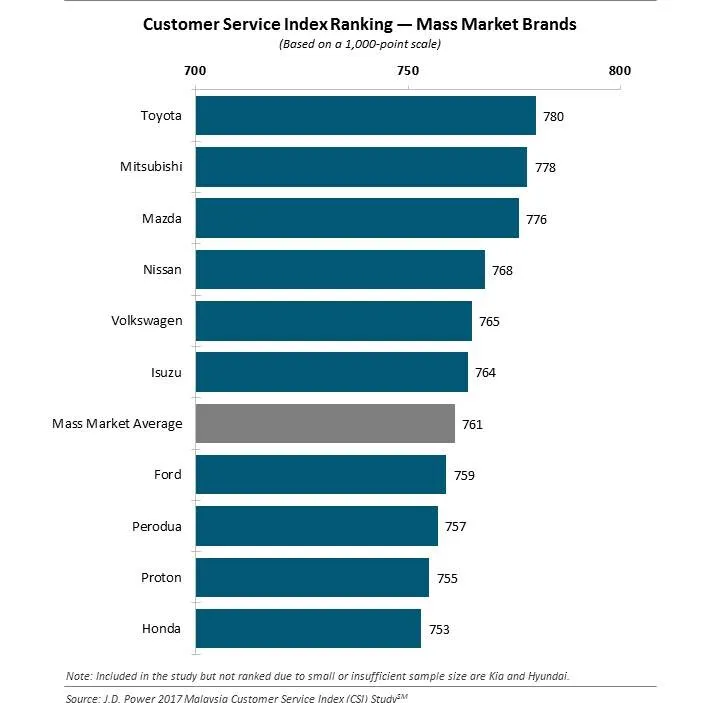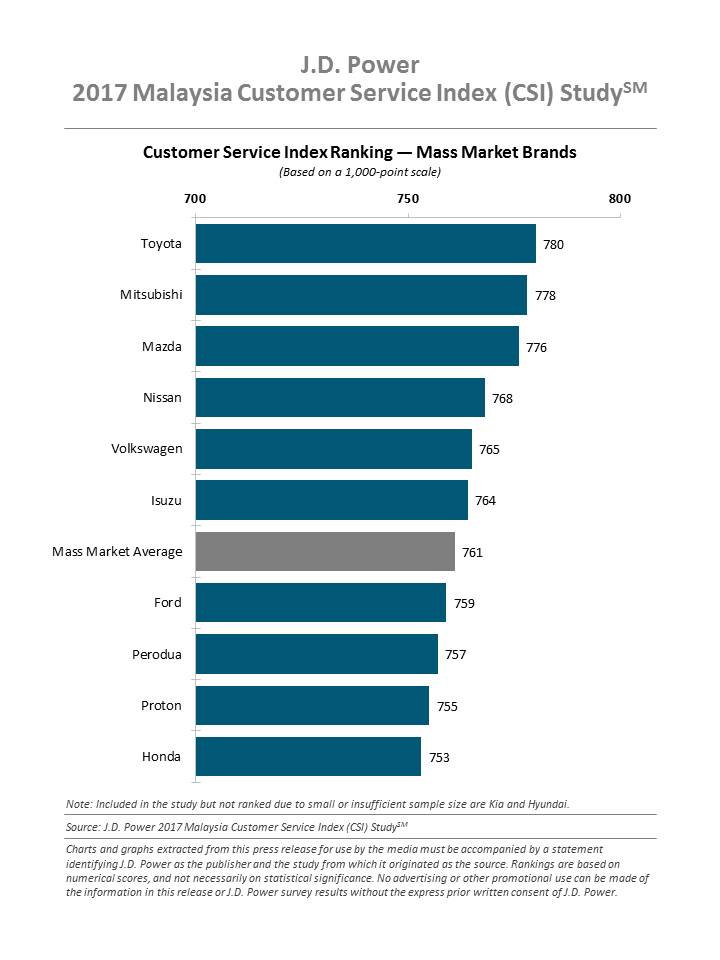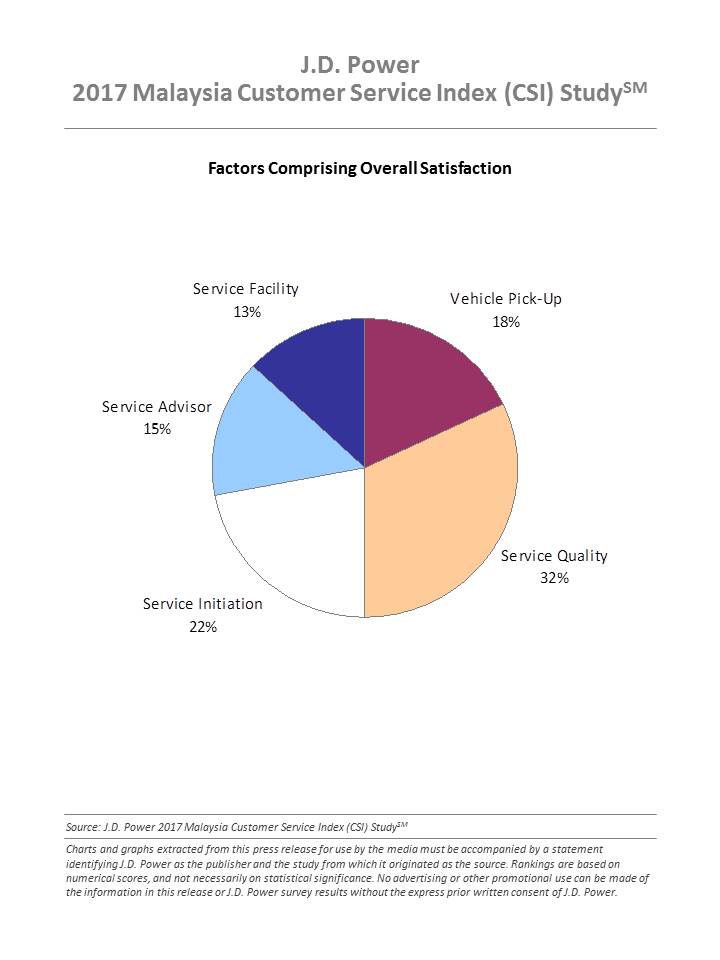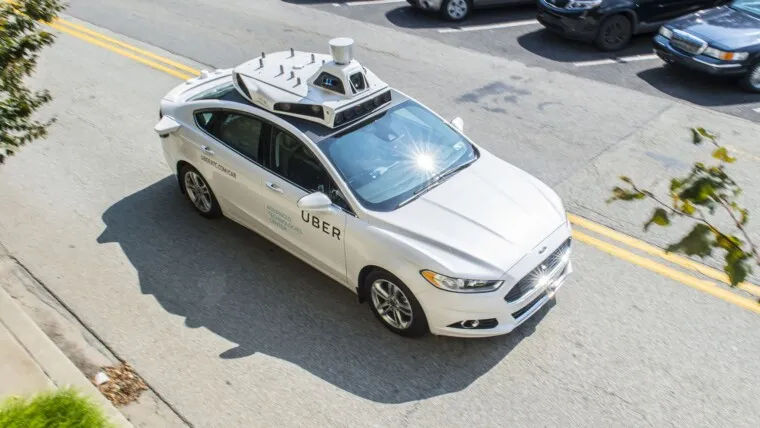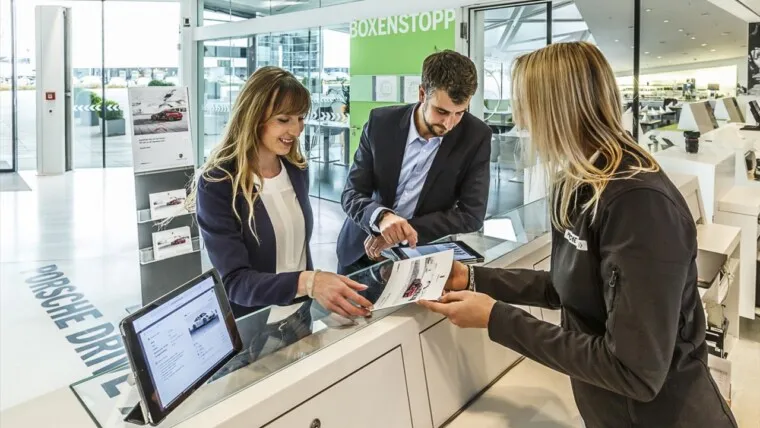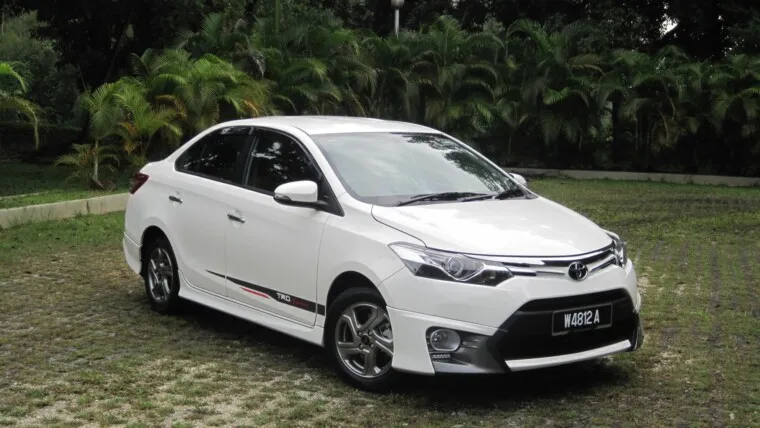“The study finds that satisfaction among customers whose (service) advisors are completely focused on their needs is 765, which is 80 points higher than among those whose advisor is not completely focused on their specific needs.”
And that’s the point really. In a rather remarkable turn of events, while Honda has been extremely busy of late, with the likes of the all-new CR-V launch, during which 1,400 units were snapped up in just 2 weeks, its customer satisfaction index (CSI) for 2016-2017 seems to have taken a nose-dive. The key factor seems to stem from one of the 5 critical aspects judged, the ‘Service Advisor‘ area.
The Gist…
Toyota ranks highest in overall service satisfaction among mass market brands, with a score of 780. Toyota performs particularly well in the service advisor and service facility factors.
Mitsubishi ranked second with a score of 778 and Mazda ranked third with 776. Honda on the other hand, slipped to last place with a score of 753, which is below the industry average of 761.
While Honda did manage to score relatively well on Service Quality, it appears their service centre front-line is in dire need of a spruce-up. To a new car owner, this is the most critical part of any post-purchase new vehicle ownership experience really.
How you are treated by the reception and the Service Advisor when you step through that service centre door, speaks volumes for the eventual service experience, as well as the overall ownership experience, and is paramount to achieving a more harmonious and positive relationship with the brand custodians, as seen by this quote below from J.D. Power themselves…
“With a demanding and fast-paced modern lifestyle, Malaysian car owners do not have time to waste when sending their cars for service. It is a dealership’s responsibility—with the support of professional service advisors—to ensure exceptional service that meets customers’ expectations. Moreover, every interaction with customers—from scheduling an appointment to after-service calls—has a profound effect on customer satisfaction.” – Muhammad Asyraf Bin Mustafar, country head of Malaysia for J.D. Power.
The FULL details…
“The efforts of service advisors to efficiently meet their customers’ needs at service centers has a significant positive effect on customer satisfaction” according to the J.D. Power 2017 Malaysia Customer Service Index (CSI) Study, released today.
Overall customer service satisfaction—measured on a 1,000-point scale—increases this year to 761 from 751 in 2016. This improvement is apparent across all factors: service quality; service initiation; vehicle pick-up; service advisor; and service facility. Service initiation improves the most (+15 points) to 762.
“Customers want to be viewed as individuals with unique needs,” said Muhammad Asyraf Bin Mustafar, country head of Malaysia for J.D. Power. “When customers are provided explanations of work prior to service, satisfaction increases by 49 points, compared with when explanations are not provided (768 vs. 719, respectively). Furthermore, satisfaction among customers whose advisors paid attention to their service details is far higher than among those who did not (764 vs. 676, respectively).”
Encouragingly this year, the percentage of customers who completed the handover process in less than 15 minutes has increased to 62% from 58% in 2016. A development that notably helps improves the customer experience in-store.
The study finds that satisfaction among customers who received an explanation of work after the completion of service has risen by 52 points, compared with those who did not receive any explanation (763 vs. 711, respectively). In addition, the percentage of instances in which service charges are explained post-service has increased to 91% from 88% last year.
Following are additional key findings of the study:
- Malaysian national brands show improvement: The overall customer service index among the Malaysian national brands averages 756, an increase of 9 points from 2016.
- Keeping the customer informed: More customers in 2017 than in 2016 indicate that service advisors kept them informed of their vehicle’s status (97% vs. 93%, respectively). Satisfaction among customers who were informed of their vehicle’s status averages 765, which is 129 points higher than among those who were not informed. In addition, 6% more customers this year are contacted following the service than last year.
- Enhanced customer facilities: The percentage of customers who indicate that service centers are providing at least four or more facilities/amenities, such as refreshment counters, internet access and air-conditioned lounges, increases to 94% from 90% in 2016. Satisfaction among customers who experience at least four of these amenities increases by 41 points to 763, compared with 722 among those who do not experience the same.
- Customer satisfaction affects loyalty and advocacy: Nearly half (46%) of highly satisfied customers (satisfaction scores of 823 or higher) say they “definitely would” recommend their service dealer to family and friends, while only 10% of highly dissatisfied customers (709 or lower) say the same. Additionally, highly satisfied customers are more than twice as likely to say they “definitely would” revisit their service dealer for post-warranty service as customers who are highly dissatisfied (41% vs. 14%, respectively).
About the Study…
The 2017 Malaysia Customer Service Index Study is based on responses from 2,705 new-vehicle owners who purchased their mass market brand vehicle between February 2015 and May 2016 and took their vehicle for service to an authorized service center between August 2016 and May 2017. The study was fielded between February and May 2017.
The study, now in its 15th year, measures overall service satisfaction among owners who took their vehicle to an authorized service center by examining dealership performance in five factors (in order of importance): service quality (32%); service initiation (22%); vehicle pick-up (18%); service advisor (15%); and service facility (13%).

